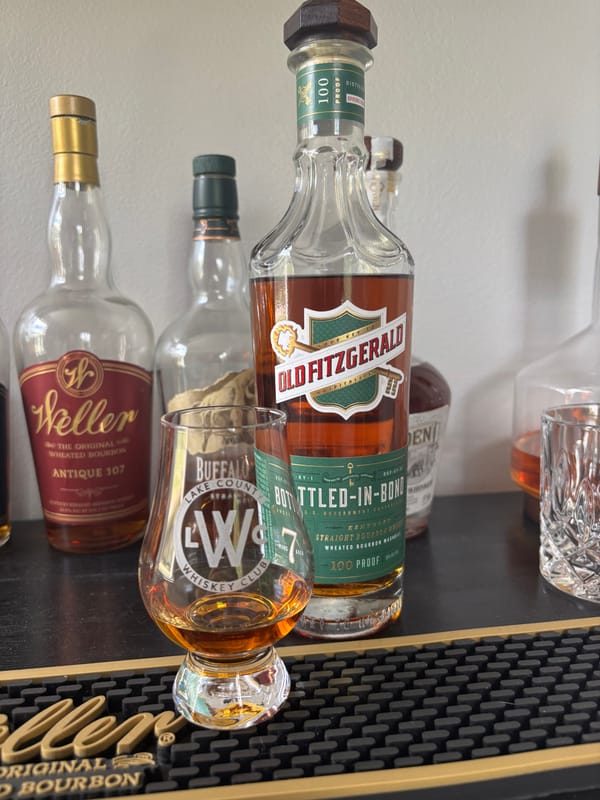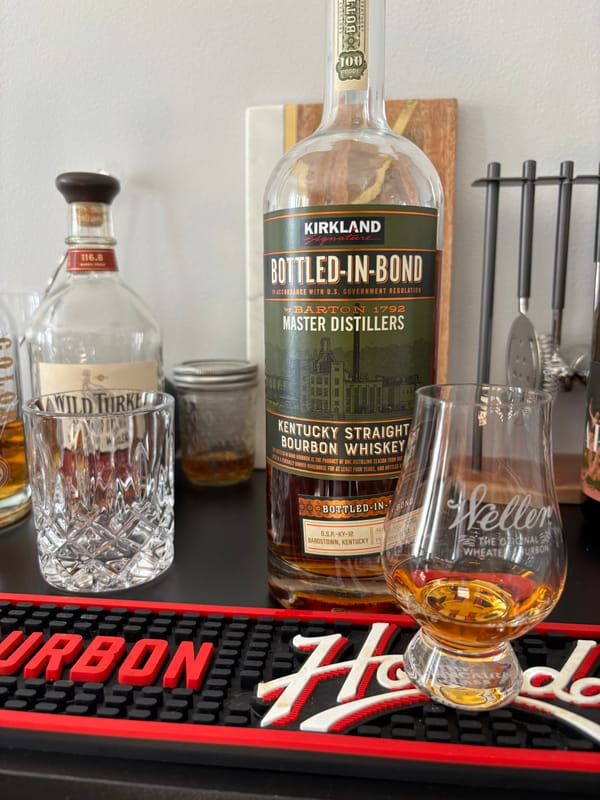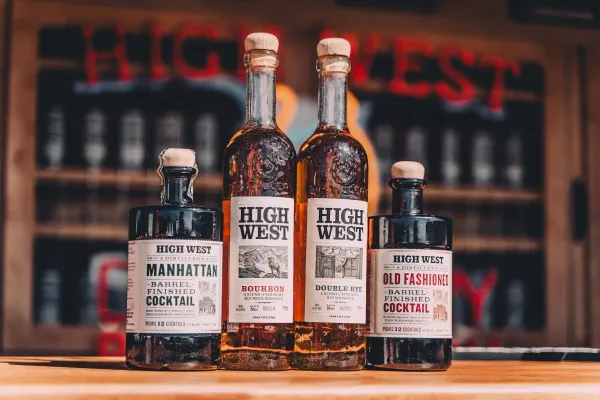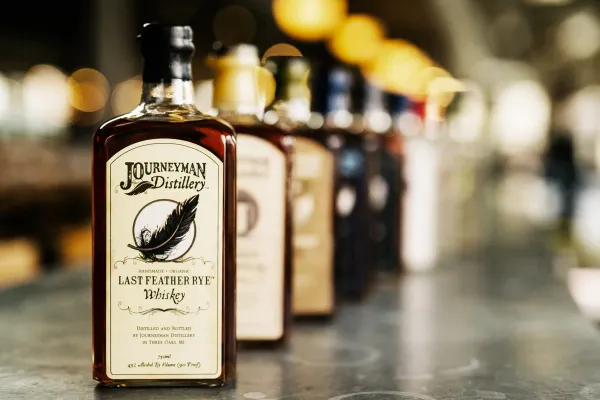What Barrels Really Do to Whiskey (And Why It Matters More Than You Think)

Barrels aren’t just storage—they’re the backbone of whiskey’s flavor, turning raw spirit into something worth drinking. The wood, char, and time inside them shape every note, and knowing the how and why lifts your whiskey game from casual to clued-in. Here’s the real science of barrels, their impact, and bottles that show it off.
Oak’s the star—99% of whiskey barrels are oak, per The Spirits Business (2021). American white oak (Quercus alba), used for bourbon, adds vanilla and caramel fast—new, charred barrels are law (27 CFR § 5.22). Buffalo Trace ($25) ages 6-8 years in level-4 char oak (deep burn), pulling out sweetness and spice, per Breaking Bourbon (2022). Char caramelizes wood sugars—level 3-4 chars dominate U.S., per Kentucky Distillers’ Association (2022).
Scotch reuses oak—ex-bourbon or sherry casks, per Scotch Whisky Regulations 2009. Glenmorangie 10 ($40) spends 10 years in ex-bourbon barrels for citrus and oak, per Whisky Advocate (2022). Sherry casks, like Macallan 12 ($70), add raisin and spice after 12 years, per Distiller.com (2021). Reused wood slows flavor pull—Scotland’s cool climate helps, losing 2% yearly to angel’s share, per Craft Spirits Magazine (2021).
Size matters—smaller barrels age faster. Standard barrels hold 53 gallons; craft distilleries use typically use 10-30 gallon ones. Surface-to-volume ratio doubles flavor extraction, per The Spirits Business (2021). Big barrels stretch it out—Elijah Craig 18 ($150) gets woody in 53-gallon oak, per Breaking Bourbon (2021).
Toasting vs. charring shifts taste. Toasting (light heat) in Irish whiskey like Teeling Small Batch ($40) brings fruit and spice from rum casks, per Distiller.com (2021). Charring (open flame) in bourbon like Knob Creek 9 ($35) adds smoke and caramel—100 proof locks it in, per Bourbon Culture (2021). U.S. bourbon uses 70% new oak yearly—2.6 million barrels in 2022, per Kentucky Distillers’ Association.
Climate tweaks it—Kentucky’s heat (90°F summers) speeds up aging 2-3 times vs. Scotland’s 50°F average, per Whisky Advocate (2022). Barrels breathe—Buffalo Trace loses 4% yearly; Glenmorangie 2%. Wood’s where whiskey’s born—type, treatment, size, and weather call the shots. Want to taste the barrel’s work? Check out NEAT: Whiskey Finder—it’ll help you find these oak-driven bottles near you.





